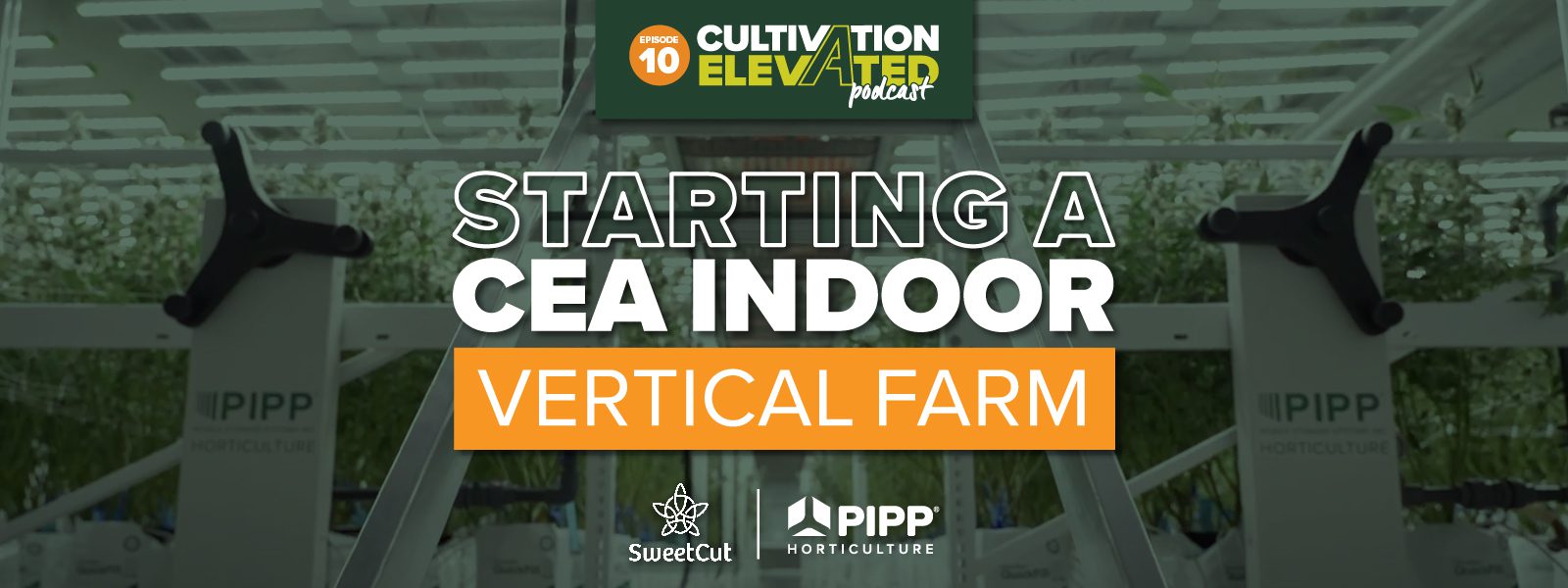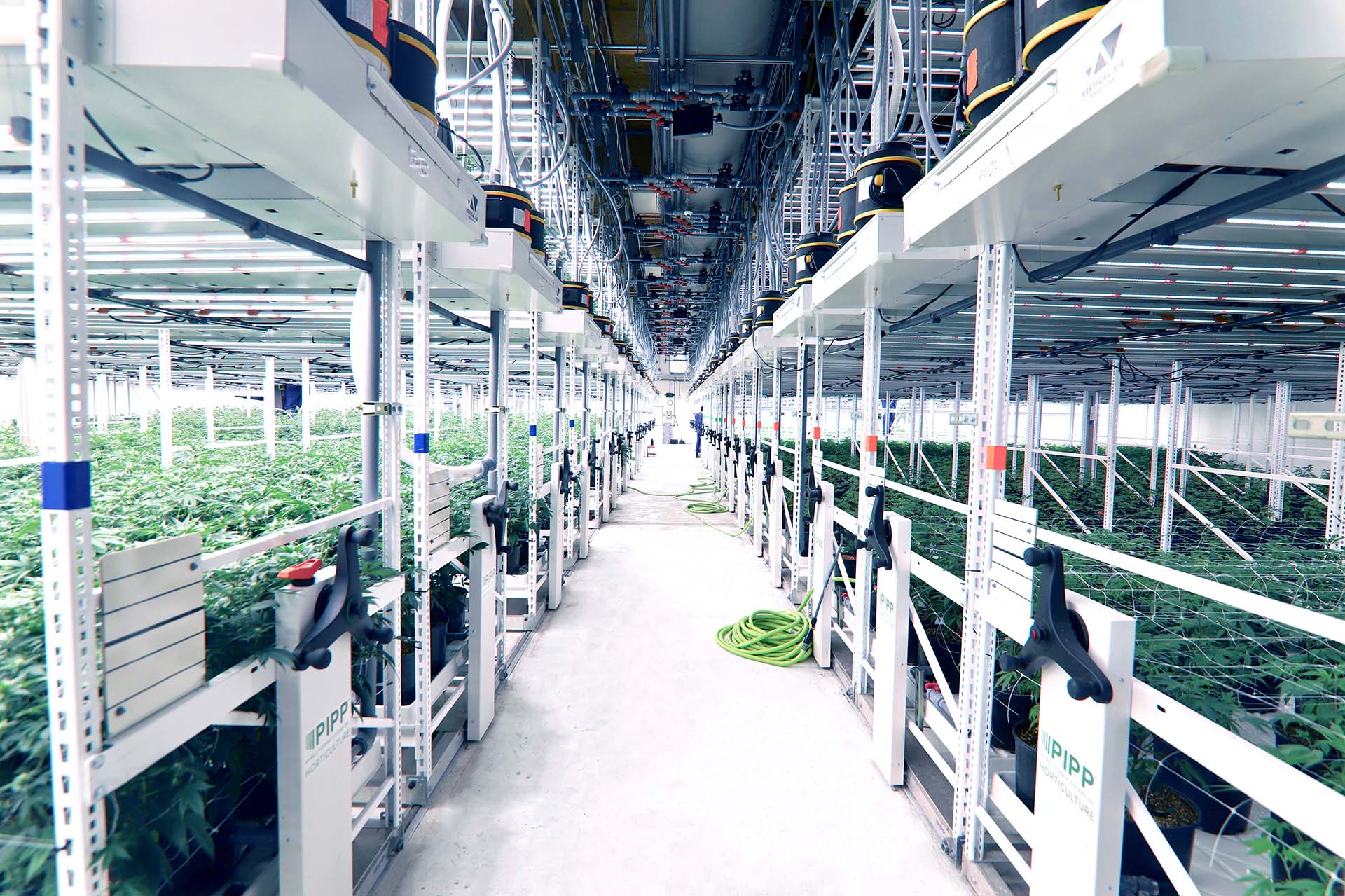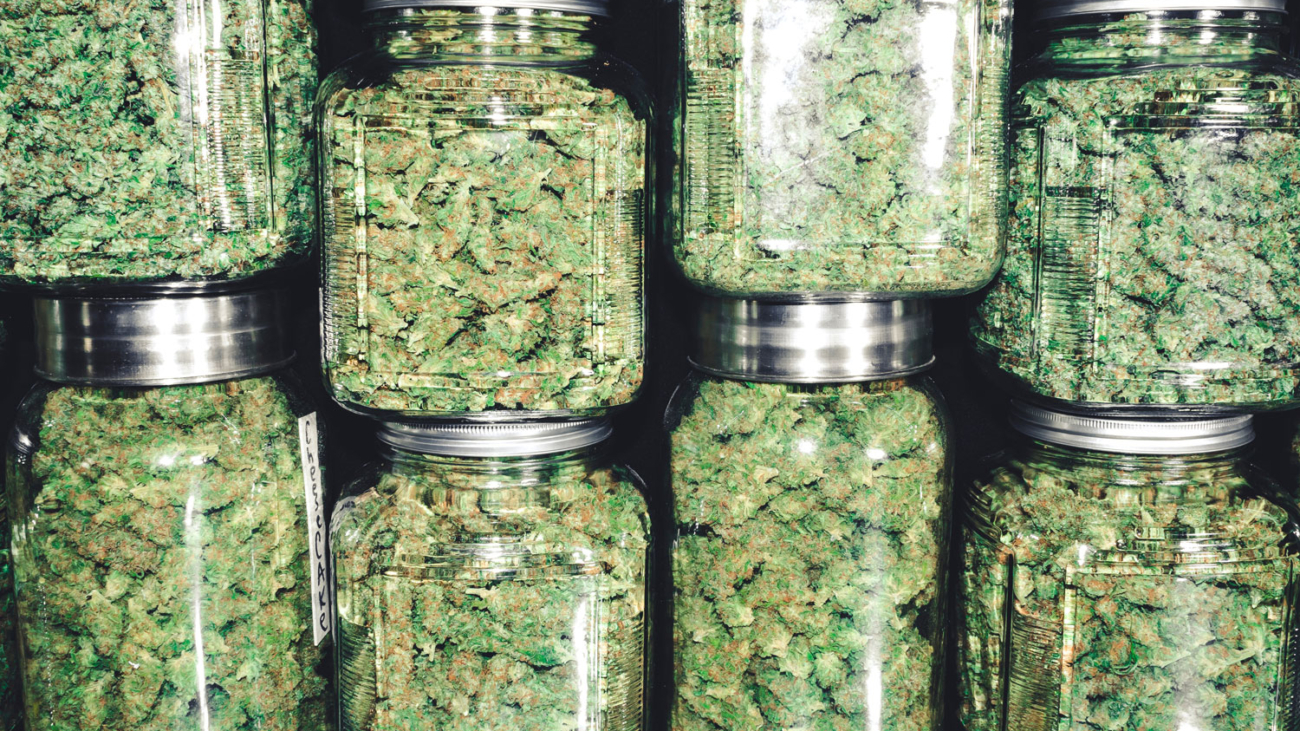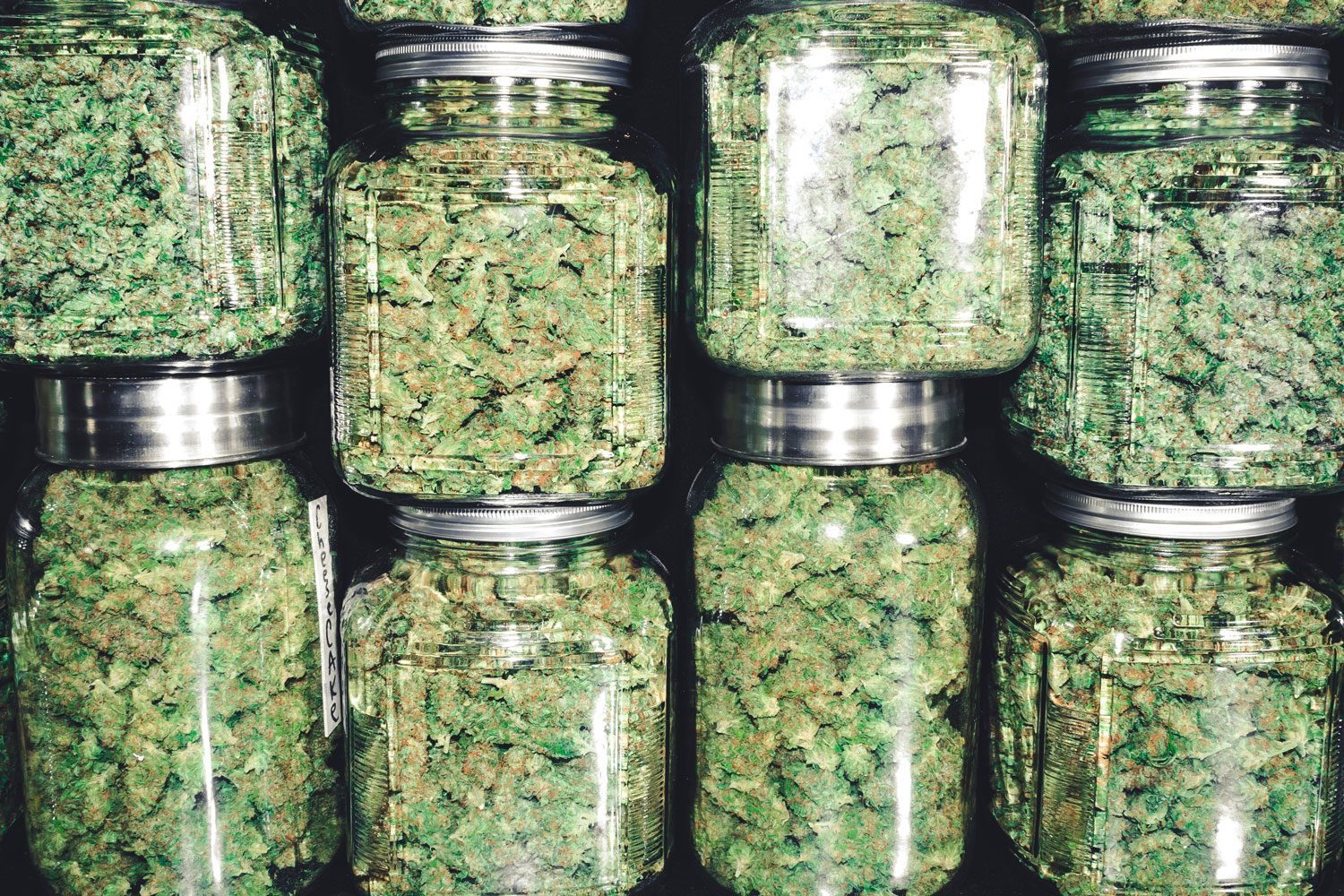Episode 10: Starting a CEA Indoor Vertical Farm with Sweet Cut

Summary:
In this episode, Daniel Algaze, Director of Cultivation at SweetCut, shares the company's unique approach to cannabis cultivation. Daniel explains how Sweet Cut maximizes canopy space and ROI while prioritizing efficiency and ergonomics using a unique combination of LEDs and multi-tiered racking from Pipp. He emphasizes the importance of building a strong team and discusses the challenges and opportunities in the current Michigan cannabis market. Daniel also touches on Sweet Cut's initial signature strain, Sweet Cake, (“a bready sweetness with a hint of skittles”) and the importance of branding and going multi-tiered in a market that is becoming increasingly commoditized. Anyone interested in the cannabis industry will find valuable insights in this informative episode.
Key Takeaways
- Based in Kalamazoo, Michigan, SweetCut is rapidly making a name for itself in the cannabis industry.
- The company has a 16,000 square foot facility that includes four 1,100 square foot flower rooms, one triple tier bedroom, and an R&D room.
- SweetCut uses a multi-tiered environment for its production, which allows for more physical flowering canopy than actual square footage of space. This results in a higher yield and ROI compared to single-tiered environments.
- SweetCut's initial signature strain is Sweet Cake It has a bready sweetness with a hint of Skittles on the exhale, and it clones well with an amazing structure.
- The current cannabis market in Michigan is experiencing oversupply and commoditization, with prices dropping from $3,000 per pound to $1,000 per pound. Strong branding is a key differentiator in this market.
- Why going multi-tiered is generally more lucrative than single-tiered production, as it almost doubles the grams per square foot of canopy.
Shareable Quotes
“What's been rewarding is actually finding this team. I really like the people that I've hired, and I haven't always been able to say that in the past. I think that it starts from the top. Mark gave me a lot of trust to fully go out, write my own job ad, target the exact people I was looking for, do all the first rounds of interviews, and then bring them in for the final interview where he would get to talk to them”
“I think we're going to have a lot of really interesting strains come out of our pheno hunt very soon that are going to be available in the next few months. But right now, our initial signature strain is Sweet Cake, and that's a strain that no one else in Michigan has. As far as I know, it's pretty niche, even if you kind of look at the more developed markets like California.”
Resources
Daniel Algaze LinkedIn: https://www.linkedin.com/in/daniel-algaze-a8619995/
SweetCut Website: https://sweetcutgrow.com/
Show Links
Pipp Horticulture Website - https://pipphorticulture.com/
Pipp Horticulture YouTube - https://www.youtube.com/channel/UC4nNnNCiwS5k5GX7BaXIrbA
Pipp Horticulture - Facebook - https://www.facebook.com/pipphorticulture
Pipp Horticulture Instagram - https://www.instagram.com/pipphorticulture/
Pipp Horticulture LinkedIn - https://www.linkedin.com/company/18333737/
Pipp Horticulture Pinterest - https://www.pinterest.com/pipphorticulture/
Pipp Horticulture Twitter - https://twitter.com/pipphort
This podcast uses the following third-party services for analysis: Chartable - https://chartable.com/privacy





